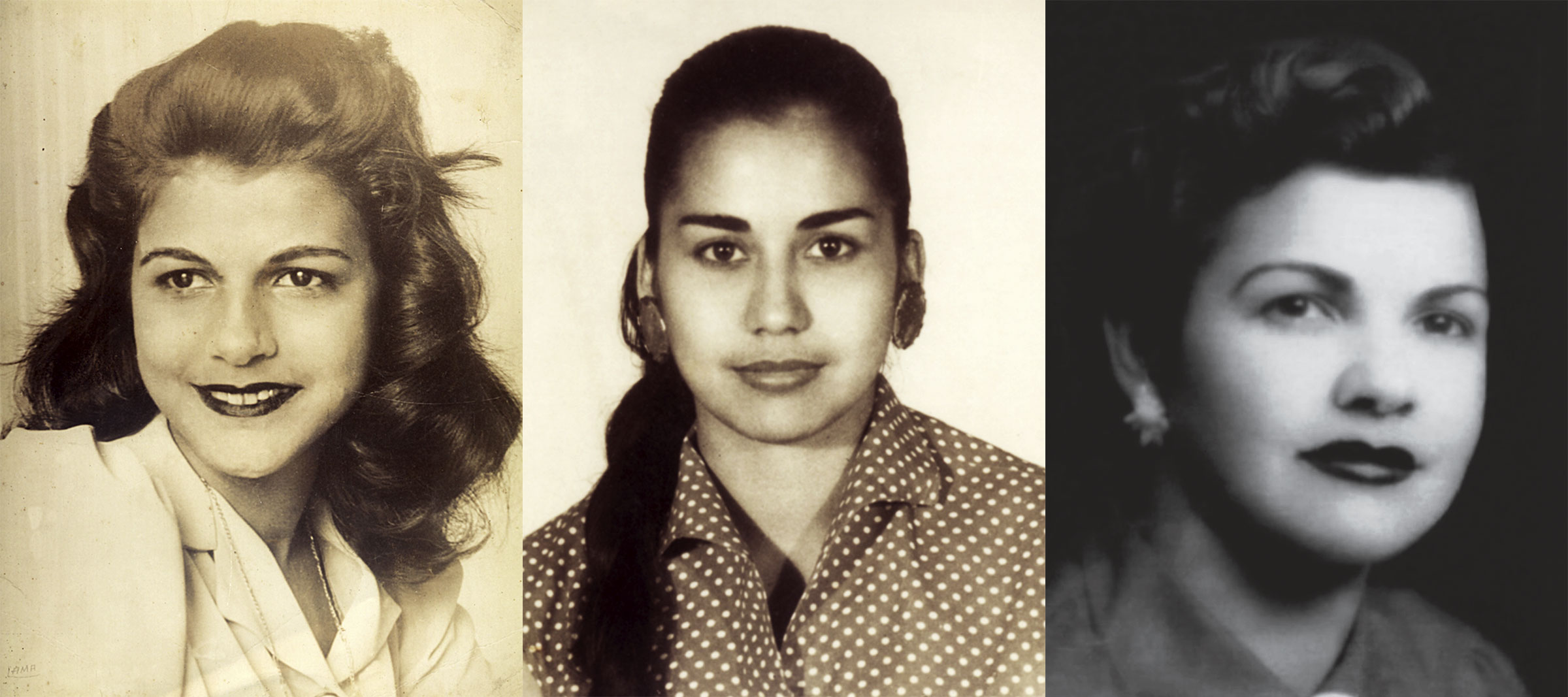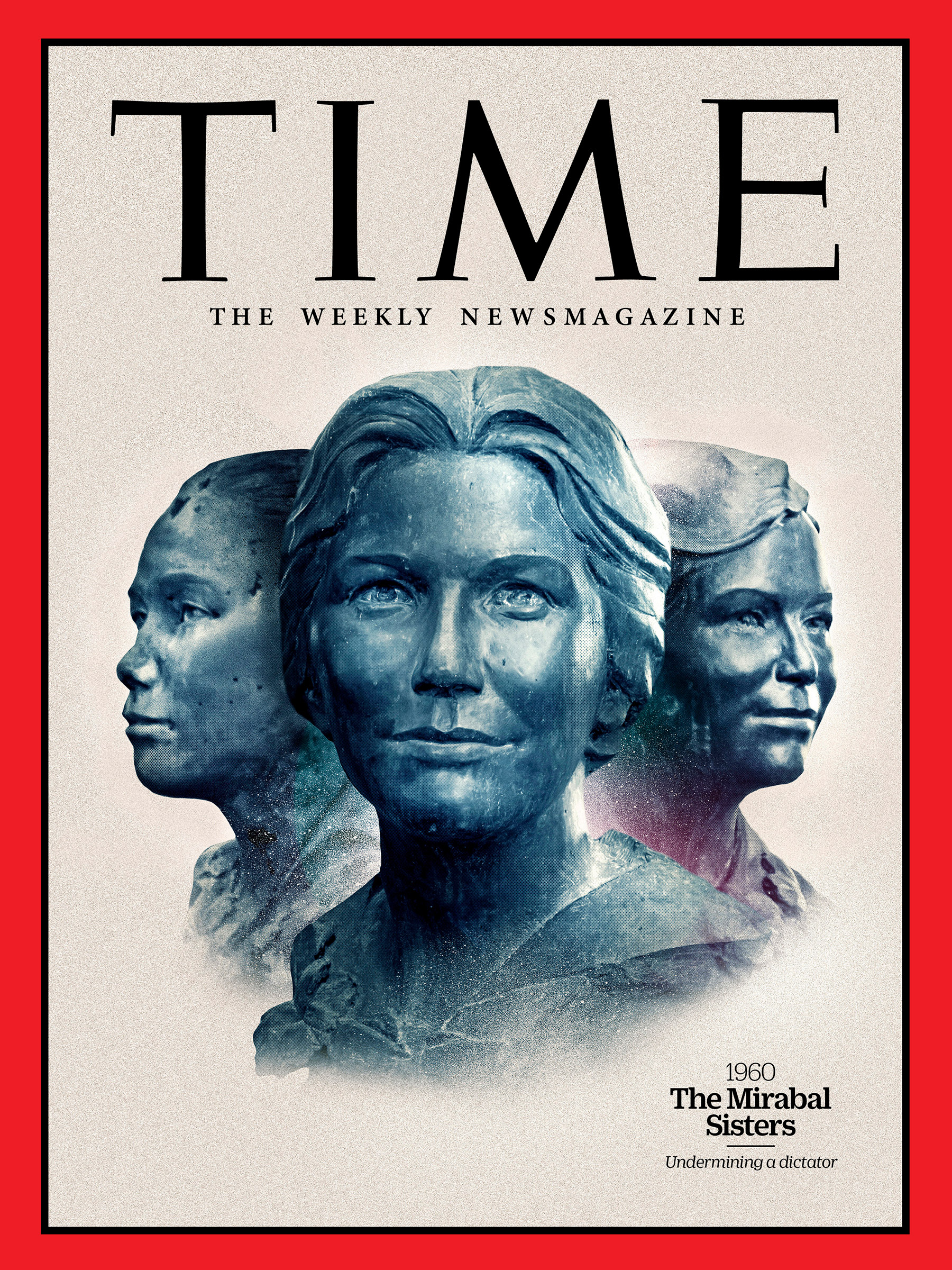Patria, Minerva and María Teresa Mirabal—three sisters from a middle class family, all married with children—may not have seemed the most likely revolutionaries. But living under the Dominican Republic’s brutal dictator Rafael Trujillo in the late 1950s, the Mirabal sisters risked their lives to work in the resistance. During Trujillo’s 31 years in power, the regime violently repressed civil liberties and dissent. The Mirabal sisters helped to organize and grow the underground movement challenging the regime, and were repeatedly arrested for their activities.
Minerva once dismissed her allies’ fears for her life, saying “If they kill me, I’ll reach my arms out from the tomb and I’ll be stronger.” She fulfilled the promise. The state’s murder of the three sisters, aged 36, 34 and 25 on Nov. 25 1960, outraged the public and was a key trigger for Trujillo’s own assassination by a group of dissidents and former allies six months later.
After the transition to democracy in the late 1970’s, the Butterflies, as Dominicans call the sisters, became symbols of both democratic and feminist resistance. A fourth Mirabal sister, Dede, who was less actively involved in the resistance, survived the regime and helped continue her sisters’ legacy until her death in 2014, setting up a foundation and a museum in their name. The U.N. made the date of their death the International Day for the Elimination of Violence Against Women. —Ciara Nugent

This article is part of 100 Women of the Year, TIME’s list of the most influential women of the past century. Read more about the project, explore the 100 covers and sign up for our Inside TIME newsletter for more.
